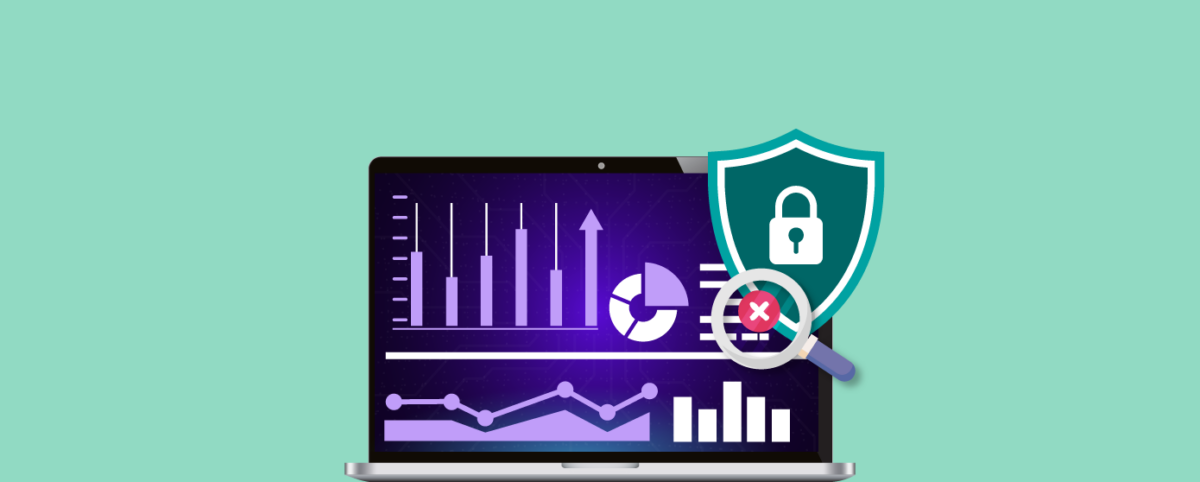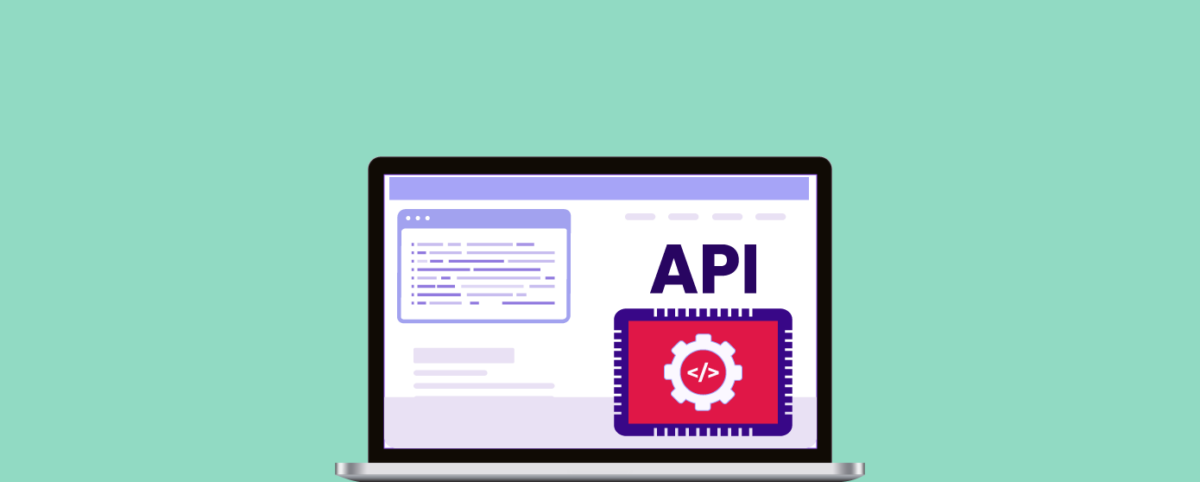How Vulnerability Management Ensures Regulatory Compliance
Whether you’re handling credit card data, health records, or personal user information, staying compliant with industry standards and government regulations is critical. While each regulatory framework comes with its own set of requirements, one thread remains consistent across all of them: the need to identify, manage, and mitigate vulnerabilities.
This is where vulnerability management plays a pivotal role. It not only strengthens your organization’s security posture but also acts as a cornerstone of your compliance strategy. Let’s explore how vulnerability management supports specific compliance standards.
Vulnerability Management and Compliance: What You Need to Know
1. PCI DSS: Proactive Defense for Payment Data Security
The Payment Card Industry Data Security Standard (PCI DSS) focuses on protecting cardholder data across the transaction ecosystem. It explicitly outlines requirements around regular vulnerability assessments and prompt remediation.
Key PCI DSS Requirements Related to Vulnerability Management:
- Requirement 6.1: Establish a process to identify security vulnerabilities, assign risk rankings, and update systems accordingly.
- Requirement 6.2: Apply relevant patches to all system components and software within one month of release to safeguard against known vulnerabilities.
- Requirement 6.6: Protect public-facing web applications either via code reviews or a web application firewall (WAF).
- Requirement 11.2: Perform internal and external vulnerability scans quarterly and after significant changes.
- Requirement 11.3: Conduct annual penetration testing and after any significant infrastructure or application upgrade or modification.
These requirements demand a mature vulnerability management program that includes periodic scans, immediate patch management, risk classification, and comprehensive reporting. The standard also mandates action—not just visibility. It’s not enough to discover vulnerabilities; organizations must demonstrate that they’ve responded effectively and within defined timeframes.
2. HIPAA: Ongoing Risk Mitigation in Healthcare Environments
The Health Insurance Portability and Accountability Act (HIPAA)safeguards the confidentiality, integrity, and availability of Protected Health Information (PHI). While HIPAA doesn’t prescribe specific technologies, it mandates regular risk assessments and the implementation of technical safeguards to address known vulnerabilities.
Key HIPAA Requirements:
- 164.308(a)(1)(ii)(A): Conduct an accurate and thorough assessment of potential risks and vulnerabilities to the confidentiality, integrity, and availability of ePHI.
- 164.308(a)(1)(ii)(B): Implement security measures sufficient to reduce risks & vulnerabilities.
- 164.312(c)(1): Implement mechanisms to protect ePHI from improper alteration or destruction.
A core element of HIPAA compliance is demonstrating that the organization can identify vulnerabilities proactively and put in place remediation mechanisms. This goes beyond vulnerability scanning, it includes risk analysis, action plans, and ongoing monitoring to detect emerging threats. The lack of structured vulnerability management can be construed as willful neglect in HIPAA audits, leading to serious penalties.
3. ISO/IEC 27001: Driving a Culture of Security by Design
The ISO/IEC 27001 standard provides a globally recognized framework for managing information security through an Information Security Management System (ISMS). Vulnerability management is not a standalone function here. It is embedded as a risk treatment and continuous improvement process.
Relevant ISO/IEC 27001 Controls:
- A.12.6.1: Information about technical vulnerabilities must be obtained in a timely fashion, evaluated for risk, and appropriate measures must be taken.
- A.18.2.3: The organization must ensure that security is regularly reviewed, and that controls continue to meet legal, contractual, and regulatory requirements.
- A.16.1.3: Responsibilities and procedures must be in place for quick, effective response to information security incidents, many of which arise from unresolved vulnerabilities.
ISO/IEC 27001 views vulnerability management as an operational driver for reducing risk exposure. It also expects the process to be evidence-based, meaning that organizations should document how vulnerabilities are discovered, triaged, and resolved over time.
4. NIST SP 800-53: Standardizing Cybersecurity Controls
The NIST Special Publication 800-53 (Rev. 5)framework offers comprehensive guidelines for managing information security and privacy risks, particularly for U.S. federal agencies and their contractors. The framework emphasizes continuous monitoring, timely remediation, and audit readiness.
NIST Controls Relevant to Vulnerability Management:
- RA-5: Vulnerability scanning must be conducted regularly and after significant changes. Tools must be updated and validated.
- SI-2: Flaws identified during security assessments, continuous monitoring, or incident response must be corrected in a timely manner.
- CA-7: Implement continuous monitoring strategies to maintain awareness of system vulnerabilities and threats.
NIST treats vulnerability management as a foundational part of maintaining risk-aware systems. Scans must be performed with updated tools and repeated after any configuration or code changes. Importantly, organizations are expected to have documented evidence of each remediation action, including timelines and outcomes.
5. GDPR: Accountability and Security by Design
Although the General Data Protection Regulation (GDPR) doesn’t prescribe detailed technical standards, it stresses data protection by design and by default. Organizations must ensure that personal data is protected from breaches, and they must prove that reasonable technical measures were taken to prevent unauthorized access.
Relevant GDPR Articles:
- Article 32(1): Organizations must implement appropriate technical and organizational measures to ensure a level of security appropriate to the risk—this includes the ability to prevent, detect, and respond to vulnerabilities.
- Article 25: Data protection by design requires embedding security measures at the architecture level.
Vulnerability management supports GDPR compliance by ensuring that data processing systems are routinely tested and hardened. If a breach occurs, one of the key questions regulators will ask is whether known vulnerabilities were ignored. A proactive vulnerability management process is your first line of defense—and evidence of accountability.
Bridging Vulnerability Management and Compliance with AppTrana WAAP
To support organizations in meeting these diverse compliance requirements, AppTrana WAAP offers a comprehensive approach to vulnerability management.
It includes an in-built DAST scanner that continuously identifies vulnerabilities in web applications and APIs—supporting PCI DSS Requirement 11.2, HIPAA 164.308(a)(1)(ii)(A), and NIST RA-5. Beyond automated scans, AppTrana offers Penetration Testing as a Service (PTaaS), where certified experts conduct manual assessments to detect business logic flaws and advanced threats—addressing PCI DSS Requirement 11.3, ISO/IEC 27001 Control A.18.2.3, and aligning with GDPR’s Article 32(1)(d) for regular testing of effectiveness.
One of the most impactful features of AppTrana is its virtual patching capability, delivered through its intelligent WAF. This allows organizations to immediately mitigate discovered vulnerabilities—especially zero-day threats or unpatched issues—fulfilling requirements such as PCI DSS 6.6, ISO 27001 A.12.6.1, and NIST SI-2 for timely flaw remediation.
To further accelerate compliance-readiness, AppTrana offers SwyftComply, a powerful automation layer for instant, autonomous vulnerability remediation. SwyftComply automatically applies fixes or deploys virtual patches based on pre-defined risk profiles and compliance rules, enabling organizations to react faster than manual processes allow.
This directly supports continuous monitoring and timely response requirements outlined in NIST CA-7, HIPAA 164.308(a)(1)(ii)(B), and GDPR Article 32(1)(b), while reducing operational overhead. With SwyftComply, AppTrana offers compliance-ready reports, audit trails, and remediation logs that simplify regulatory audits and demonstrate due diligence. By combining continuous scanning, expert validation, autonomous remediation, and robust reporting, AppTrana helps organizations maintain a proactive, audit-friendly vulnerability management strategy that scales with evolving compliance requirements.
Stay tuned for more relevant and interesting security articles. Follow Indusface on Facebook, Twitter, and LinkedIn.

 June 12, 2025
June 12, 2025






